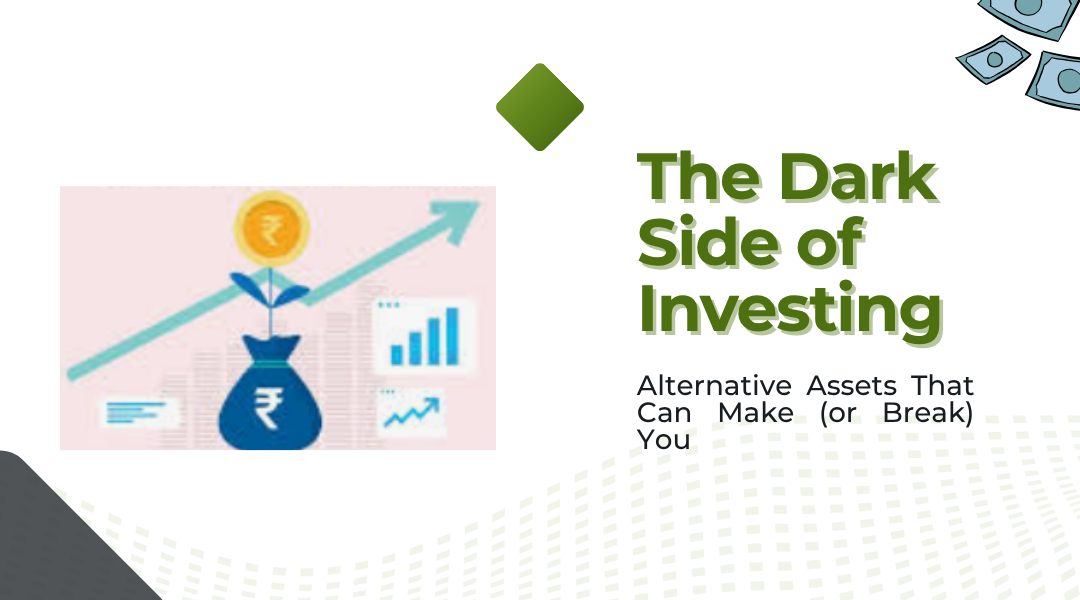Let’s cut through the private equity brochures and crypto hype—alternative investments are where fortunes get made… and where Wall Street’s wolves feast on unprepared investors. I’ve seen people strike gold with whiskey barrels and lose shirts on rare stamps. Here’s how to navigate this jungle without getting eaten alive.
1. Know Why You’re Here
Alternatives aren’t “investments”—they’re either:
- Insurance policies (Gold when markets crash)
- Lottery tickets (Crypto moonshots)
- Status symbols (That Warhol print in your hedge fund buddy’s office)
Real talk: If you’re allocating more than 20% of your portfolio to alternatives, you’re either a pro or about to learn an expensive lesson.
2. Liquidity = Oxygen (And You’re Drowning)
Compare these exits:
- Stocks: Sell in seconds
- Manhattan condo: 6-12 months (if you’re lucky)
- Private equity fund: 5-10 years (hope you like illiquidity)
War Story: A client’s “can’t lose” vineyard investment turned into a 7-year hostage situation when no buyers emerged.
3. The Expertise Tax
Think you can spot the next Banksy? The art market laughs at your hubris:
- Novices pay 30% auction fees
- Insiders get first dibs on undervalued pieces
- Everyone else overpays for trend-chasing NFTs
Rule: Never invest in anything you couldn’t explain to a drunk frat brother.
4. Fee Landmines
Hedge funds’ “2 and 20” fee structure means:
- Lose money? Still pay 2%
- Make money? They take 20%
- Math: You bear 100% of risk for 80% of gains
Smarter play: REITs like VNQ give real estate exposure without the headache.
5. The IRS Is Watching
Alternative assets come with tax tripwires:
- 1031 exchanges (Real estate loophole)
- Collectibles tax (28% on art/gold vs. 15% LTCG)
- Crypto wash sales (Still not deductible)
Pro move: Always run alt investments by your CPA first.
6. How the Rich Actually Use Alternatives
The 1% playbook:
- Core wealth in stocks/bonds (90%)
- Fun money in alternatives (10%)
- Leverage collectibles for loans (See: Rockefeller’s art-backed financing)
Example: A client’s $50k whisky cask returned 12% annually… after 15 years of storage fees.
7. My Filter for Sane Alternatives
If it passes these tests, maybe consider it:
- Can I hold this for 10+ years without sweating?
- Is the fee structure less predatory than a payday lender?
- Would this still have value if the internet disappeared?
- Can I verify authenticity myself?
The Hard Truth
Alternatives are the financial equivalent of extreme sports:
- Spectacular when they work
- Devastating when they don’t
- Always more expensive than they appear
Final Word: Stick to traditional assets until you’ve got $500k+ to play with. Then maybe—maybe—dip a toe in alternatives. Your future self will thank you.
